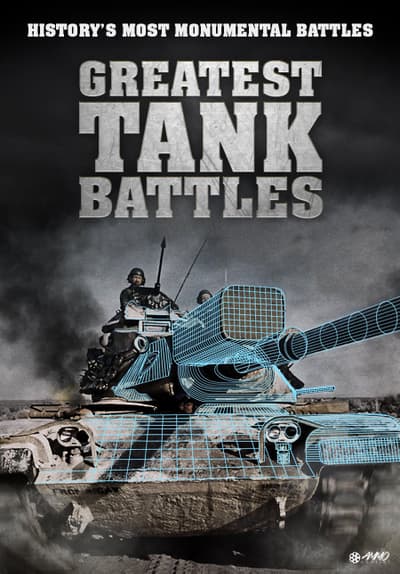
The German command did not know that the Russians knew the exact content of the order recommending an attack on Kursk. The task of the Luftwaffe was to eliminate the Soviet aviation from the fight, and then to fight the Red Army’s armoured units. The operations on land were to be supported by two air fleets of about 1900 aircraft.

The southern group was supported by 1303 tanks and 253 self-propelled guns. The group leading the attack from the north had at its disposal 747 tanks (including 31 Tigers) and 134 self-propelled guns (including 89 Ferdinands). The Germans were to attack Soviet positions from both sides. Tiger of 2nd SS Panzer Division “Das Reich”Įventually, the date of commencement of the operation “Zitadelle” was set for July 5, 1943.

While waiting for the delivery of new tanks, Hitler was willing to postpone the day of the beginning of the great offensive. a big failure resulting from the fact that it was a new, untested machine at that time. He did not even worry about further warnings of Guderian, who knew that the Panthers were then undergoing the so-called “childhood diseases”, i.e. Knowing that German soldiers would enter the fortified and well defended terrain, Hitler saw his chances in new tanks, Panthers and Tigers, which were supposed to dominate over the Soviet T-34s and outweigh the scales of victory on the side of the Third Reich. “Do you think that people know where the Kursk is at all? It is completely indifferent to the world whether we have Kursk or not!”ĭespite these arguments, the Führer was stubborn. However, the weaknesses of the plan were discovered at the very beginning: General Walther Model alerted the command that the Russians had prepared a solid, well-organized defence on the area of the planned attack, thus suggesting a change of plans. This operation assumed the launch of an attack in the Kursk region, the destruction of the Red Army units deployed there and a subsequent attack towards Moscow. The preparation of a great plan of operation code-named “Zitadelle” (Citadel) began. Adolf Hitler and his generals were preparing a major offensive to enable them to regain their strategic initiative at the Eastern Front, which the Wehrmacht lost at Stalingrad. The Wehrmacht was in reverse, but the brilliant maneuver of Field Marshal Erich von Manstein enabled the Germans to retake Kharkiv, inflict serious losses on the Red Army and set the front as in the summer of 1942. The first major operation, where the Soviet army took advantage of the mass impact of the armoured units, was the surrounding of the German forces during the counter-attack at Stalingrad in November 1942. the heavy tank PzKpfw VI Tiger and the medium tank PzKpfw V Panther. In order to take advantage of this dominance, the Soviet high command (Stavka) started frantic rearmament of the remaining units with these tank models, and the Germans accelerated the development work of the new later dominators of battlefields, i.e. PzKpfw IV had little chance against the new Soviet tanks T-34/76 and KV. Both sides of the conflict noticed then that even the best armed German tank of that period, i.e. The Red Army managed to lead a victorious counter-attack near Moscow, thus saving its capital and opening a new chapter in the history of the Soviet armoured forces. The harsh winter and poor Russian roads stopped the Germans, through which the states of some Hitler’s armoured divisions were reduced by up to 50%.

Example of armour strength of Soviet tank KV-1. The Wehrmacht used its armoured fists perfectly, which, according to Blitzkrieg tactics, were quickly breaking the front and surrounding Soviet forces. Initially the forces of the Third Reich quickly partook eastwards already in September 1941 the German troops were close to Leningrad, and in November, the 2nd Panzer Army of General Guderian stood near Moscow. to execute Operation Barbarossa, the Germans threw four armoured groups of about 3,000 tanks against the Red Army.


 0 kommentar(er)
0 kommentar(er)
